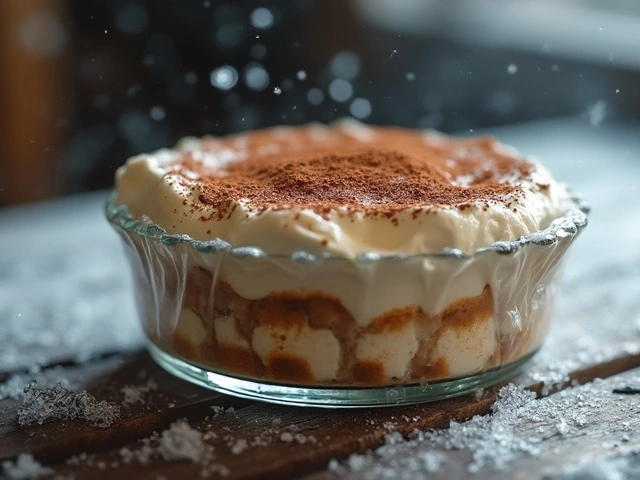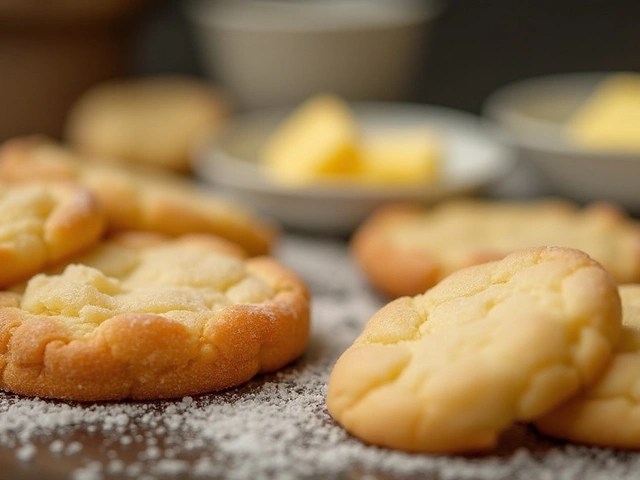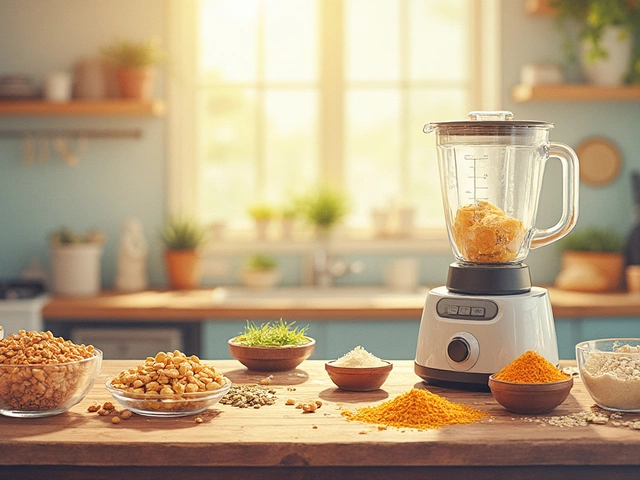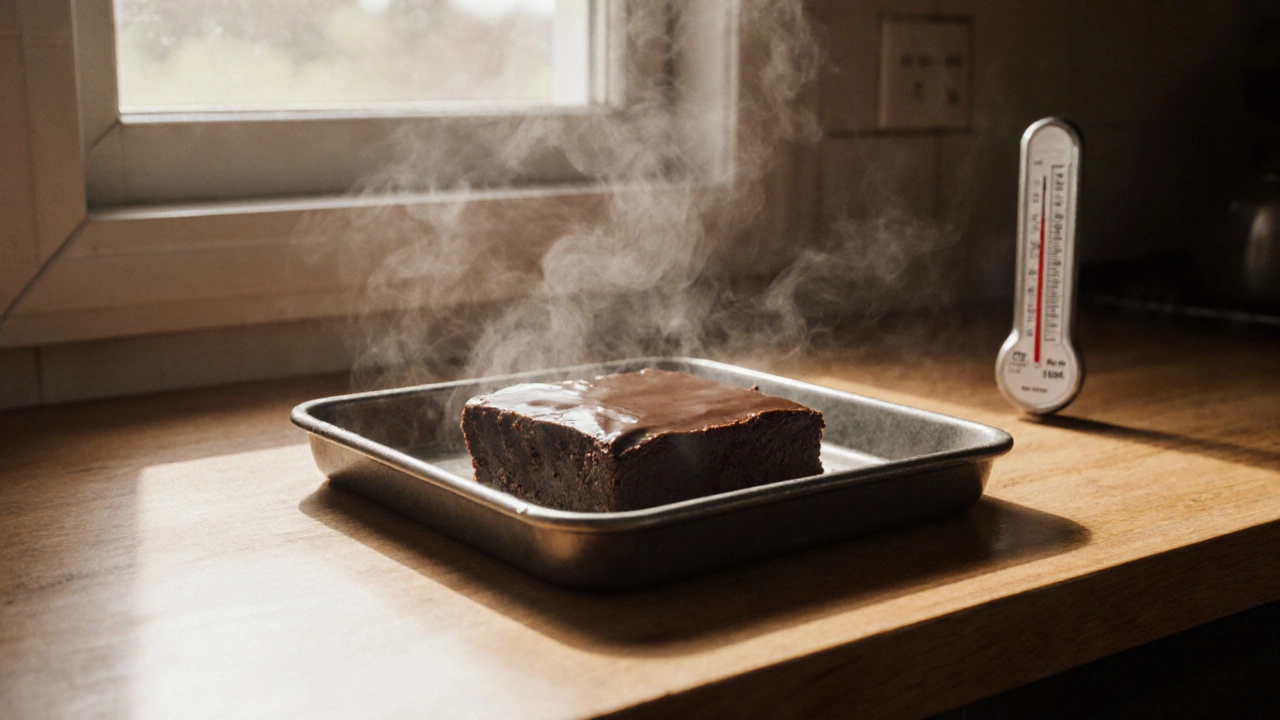
Fudge Hardening Time Calculator
How Long Will Your Fudge Take to Harden?
Enter your fudge temperature conditions to get an estimated hardening time.
Fudge Hardening Tips
Always wait until fudge is lukewarm before refrigerating or freezing to avoid graininess and sugar bloom.
For best texture, let fudge set for 24 hours before cutting.
Estimated Hardening Time
Ever made a batch of fudge, poured it into the pan, and then wondered why it’s still soft the next day? You’re not alone. Fudge doesn’t set like cake or cookies. It’s not about waiting for it to cool-it’s about science. If your fudge turns out sticky, grainy, or too soft to cut, the issue isn’t your recipe. It’s the time-and the temperature.
Why Fudge Takes So Long to Harden
Fudge isn’t just melted chocolate and sugar. It’s a sugar syrup that’s been heated to the soft-ball stage-around 234-240°F (112-116°C). At that point, the water content drops just enough so that when it cools, the sugar crystals form tiny, smooth clusters instead of big, gritty ones. That’s what gives fudge its creamy texture.
But here’s the catch: cooling too fast ruins it. If you shove the pan into the fridge right after pouring, the sugar crystals form too quickly and unevenly. The result? Grainy fudge that never firms up properly. Slow, steady cooling is the secret.
The Real Timeline: From Pot to Perfect
Most recipes say “let it cool for 2 hours.” That’s a guess. The real answer? It depends.
- At room temperature (68-72°F / 20-22°C): 4 to 6 hours. This is the gold standard. Fudge sets evenly, holds its shape, and cuts cleanly.
- In the refrigerator (39°F / 4°C): 2 to 3 hours. Faster, but risky. Only do this if you’re in a hurry-and even then, wait until the fudge is lukewarm, not hot.
- In the freezer (0°F / -18°C): 45 to 60 minutes. Not recommended. It can cause condensation, sugar bloom, and a chalky texture.
Here’s what actually works in practice: after pouring your fudge into a greased 8x8-inch pan, leave it uncovered on the counter. Don’t cover it with a towel or plastic wrap-not yet. Covering it traps steam, which keeps the surface damp and delays hardening.
How to Tell When It’s Ready
Don’t rely on the clock. Test it.
After 4 hours, gently press the surface with your finger. If it leaves a slight indent but springs back slowly, it’s ready. If your finger sinks in or sticks, give it another hour. If it’s firm and doesn’t leave a mark, you’re good to cut.
Another trick: lift a corner with a butter knife. If it holds its shape without drooping, it’s set. If it bends or oozes, keep waiting.
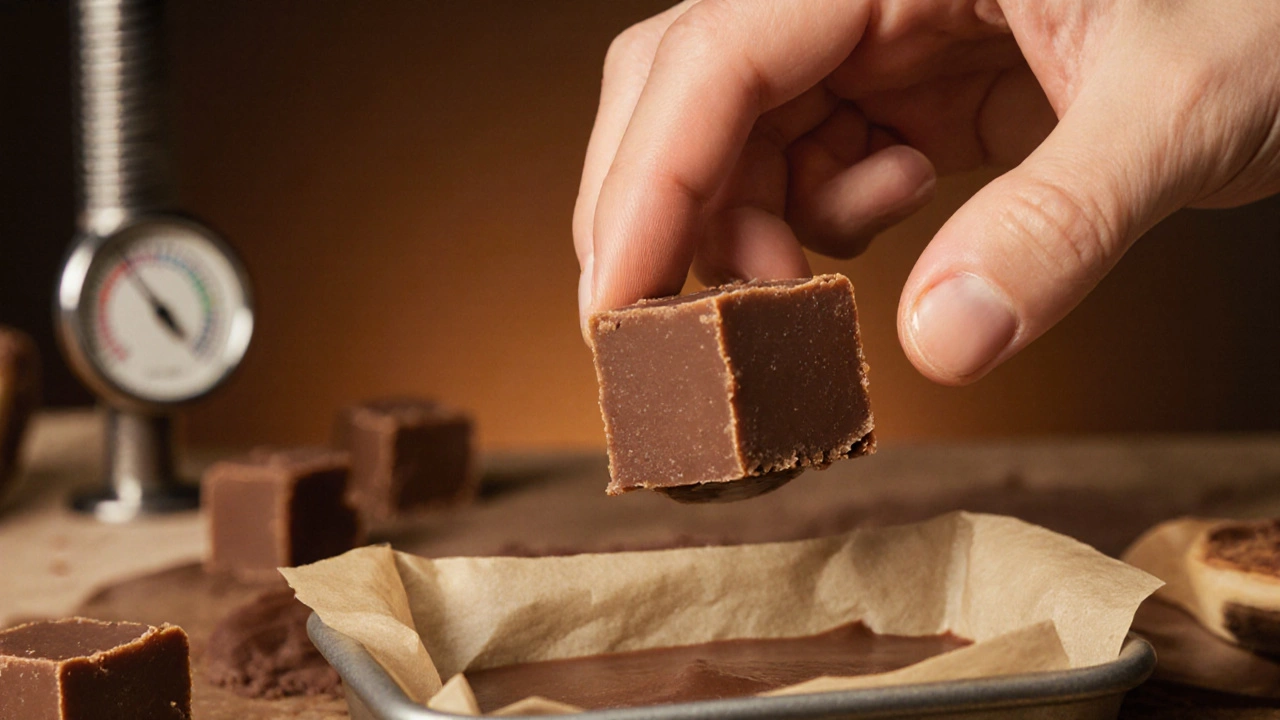
Common Mistakes That Delay Hardening
Here’s what’s probably going wrong if your fudge won’t harden:
- Undercooking the sugar syrup: If you didn’t reach 234°F, there’s still too much water. No amount of waiting will fix that.
- Stirring too early: Stirring while the mixture is still hot causes premature crystal formation. Wait until it cools to 110°F before stirring in chocolate or vanilla.
- Using low-quality chocolate: Chocolate with vegetable oils (like some baking chips) won’t set properly. Use real chocolate with cocoa butter-60% cacao or higher.
- Humid kitchen: If you live in a damp place like Brighton, moisture in the air can keep fudge sticky. Try placing the pan in a dry, cool corner, away from the window.
Pro Tips for Perfect Fudge Every Time
Here’s what works for consistent results:
- Use a candy thermometer. Guessing the temperature is the #1 reason fudge fails.
- Line your pan with parchment paper. It makes lifting and cutting easier.
- Let the fudge rest for 24 hours before cutting. Even if it feels firm after 6 hours, waiting a full day gives the crystals time to fully stabilize. The texture improves.
- Store it in an airtight container at room temperature. Fudge doesn’t need refrigeration unless it’s hot and humid.
- If you live in a warm climate, add 1/2 teaspoon of corn syrup to your recipe. It helps prevent crystallization and keeps fudge smooth.
What Happens If You Cut It Too Soon?
You’ll get messy, sticky, uneven pieces. The edges might crumble. The center might stay gooey. And if you try to wrap it? The paper sticks, and the fudge smears.
It’s tempting to rush. But fudge is like sourdough-it rewards patience. The difference between a good batch and a great one is often just 2 extra hours.

Storage and Shelf Life After It Hardens
Once fully set, fudge lasts:
- At room temperature: Up to 2 weeks in an airtight container with parchment between layers.
- In the fridge: Up to 1 month. Bring to room temperature before eating-cold fudge tastes dull.
- In the freezer: Up to 3 months. Wrap tightly in plastic, then foil. Thaw overnight in the fridge.
Never freeze fudge in an open container. It absorbs fridge odors-and no one wants fudge that tastes like last week’s broccoli.
Quick Fix: Can You Re-Melt Soft Fudge?
Yes. If your fudge didn’t set after 8 hours, it likely didn’t reach the right temperature. Scoop it back into a saucepan, add 2 tablespoons of heavy cream or evaporated milk, and reheat gently to 234°F. Stir only until the chocolate melts, then pour back into the pan and start the cooling process again.
It’s not ideal-but it saves your batch.
How long does it take for fudge to harden at room temperature?
At room temperature (68-72°F), fudge typically takes 4 to 6 hours to fully harden. For best texture and clean cuts, wait 24 hours before slicing. Avoid covering it while it cools-this traps moisture and delays setting.
Can I speed up fudge hardening by putting it in the fridge?
You can, but it’s risky. Refrigerating fudge too soon-especially while it’s still warm-can cause sugar bloom, a chalky surface, or uneven texture. If you must chill it, wait until the fudge is lukewarm (around 80°F), then leave it in the fridge for 2-3 hours. Always let it come back to room temperature before serving.
Why is my fudge still soft after 24 hours?
If your fudge is still soft after a full day, the sugar syrup probably didn’t reach the soft-ball stage (234-240°F). Use a candy thermometer next time. Other causes include using low-quality chocolate, adding too much liquid, or cooking in a humid environment. You can fix it by re-melting with a bit of cream and reheating to the right temperature.
Does humidity affect how fudge hardens?
Yes. High humidity makes fudge sticky and slows hardening. In places like Brighton, where the air is often damp, it’s best to make fudge on dry days. If you can’t avoid it, add 1/2 teaspoon of corn syrup to your recipe-it helps control moisture absorption and keeps the surface smooth.
Do I need to stir fudge while it’s cooling?
No-not until it cools to about 110°F. Stirring too early causes sugar crystals to form too fast, leading to grainy fudge. Wait until the mixture has cooled, then stir in chocolate, vanilla, or nuts. Stir gently and consistently until it thickens slightly and loses its shine.
Final Thought: Patience Is the Secret Ingredient
Fudge isn’t about speed. It’s about control. The best batches come from quiet kitchens, quiet hands, and quiet patience. You don’t need fancy tools-just a thermometer, a steady hand, and the will to wait.
Next time you make fudge, set a timer for 6 hours. Walk away. Make tea. Watch the sunset. Come back, and you’ll find not just hardened fudge-but perfect fudge.


